Interior design is an art form that marries aesthetics with functionality. One of the most crucial aspects of creating cohesive and long-lasting spaces lies in understanding materials. The materials you choose define the look, feel, and durability of your design, making material knowledge an essential foundation for any designer. This blog will explore the types of materials commonly used in interior design, their characteristics, and how to choose the right ones for your projects.
1. Natural Materials: Interior Design Timeless Elegance
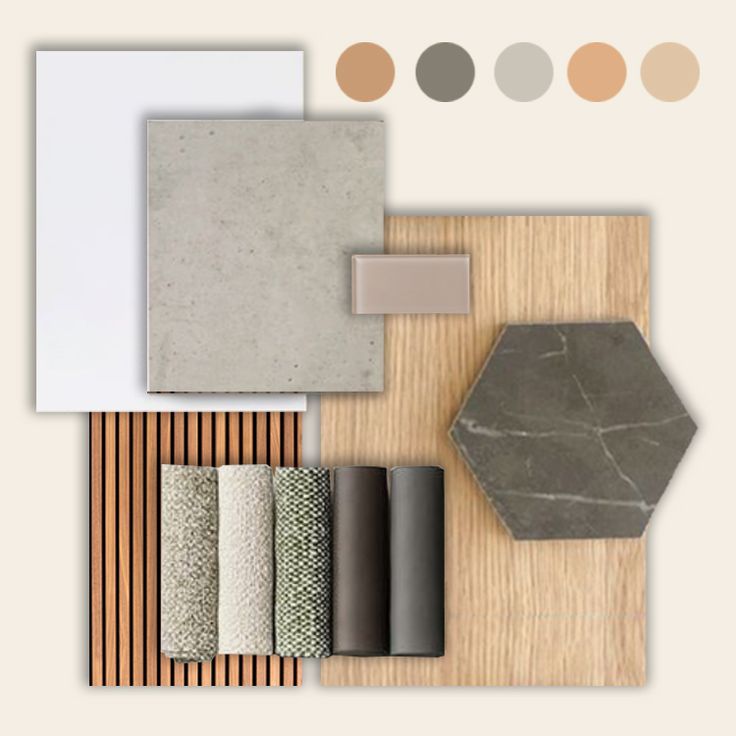
Natural materials bring warmth and authenticity to interior spaces. They are prized for their unique textures and eco-friendly appeal.
Key Types: spacewoodinterior.com
- Wood: Versatile and durable, wood is used for flooring, furniture, and paneling. Options include hardwoods like oak, walnut, and teak, as well as softwoods like pine and cedar.
- Stone: Materials like marble, granite, and slate add luxury to countertops, flooring, and accent walls.
- Leather: Commonly used in upholstery, leather exudes sophistication and is available in a variety of finishes.
- Rattan and Bamboo: Lightweight and sustainable, these are excellent for furniture and decor accents.
Tips for Use:
- Seal and maintain natural materials to preserve their beauty.
- Combine different textures (e.g., wood and stone) for contrast and depth.
2. Synthetic Materials: Modern Versatility –Interior Design
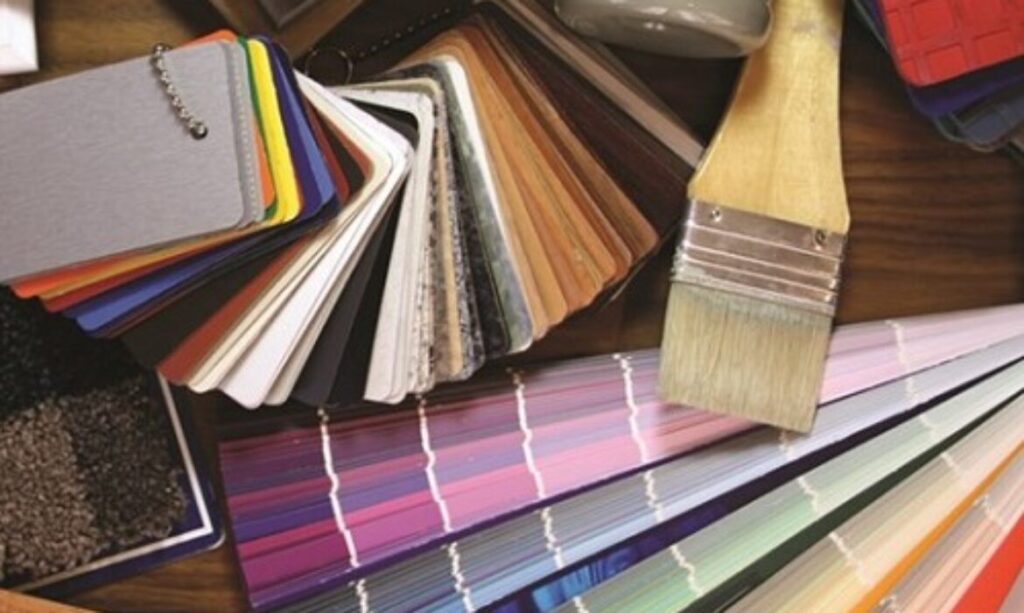
Synthetic materials are man-made and often engineered for specific purposes, offering flexibility in design and budget.
Key Types:
- Acrylic: Lightweight and transparent, perfect for modern furniture and accessories.
- Laminates: Affordable and durable, ideal for cabinets, countertops, and wall finishes.
- Vinyl: A practical choice for flooring and wall coverings, available in a wide range of designs.
- Engineered Wood: Combines natural wood with synthetic layers for cost-effective, moisture-resistant options.
Tips for Use:
- Use high-quality synthetics to ensure durability and aesthetic appeal.
- Pair synthetic materials with natural ones for a balanced look.
3. Fabrics: Adding Comfort and Style – Interior Design
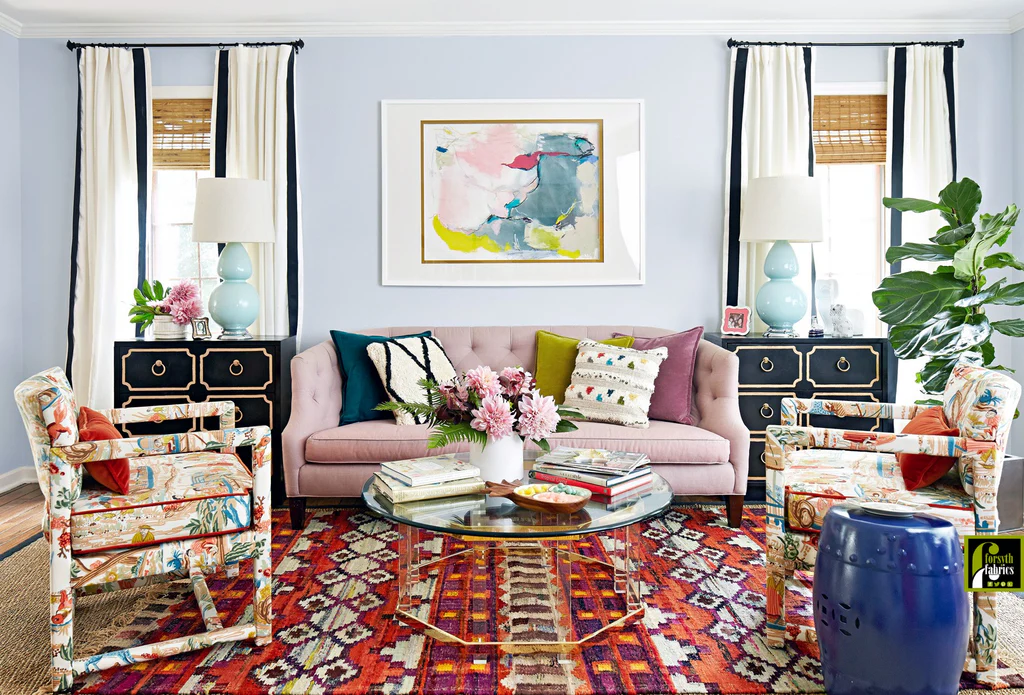
Fabrics play a vital role in softening spaces and adding a sense of comfort and luxury.
Key Types:
- Cotton: Breathable and versatile, used in curtains, cushions, and upholstery.
- Linen: A lightweight, textured fabric perfect for drapery and summer-ready spaces.
- Velvet: Luxurious and soft, often used in accent furniture and cushions.
- Synthetic Blends: Durable and easy to clean, great for high-traffic areas.
Tips for Use:
- Choose fabrics based on the purpose of the space (e.g., stain-resistant for dining areas).
- Layer different fabrics to create depth and interest.
4. Metals: Sleek and Sturdy Accents
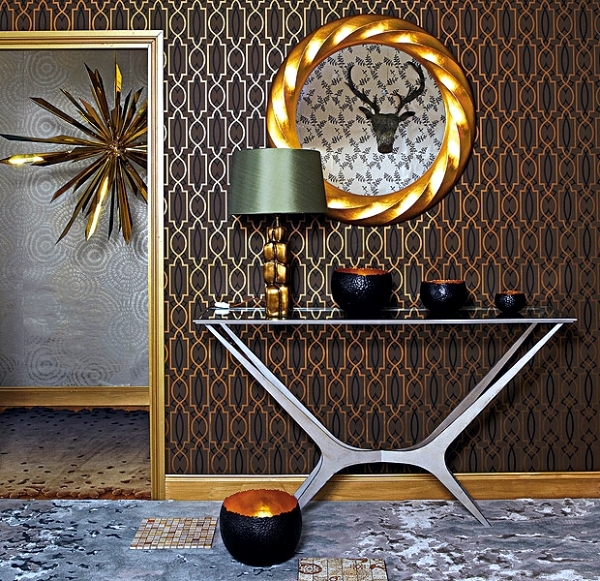
Metals bring a contemporary and industrial edge to interiors while offering durability.
Key Types:
- Steel: Strong and versatile, used for structural elements, furniture, and decor.
- Brass: Adds a warm, golden tone perfect for fixtures and accents.
- Aluminum: Lightweight and modern, great for furniture and frames.
- Copper: Offers a unique reddish hue, popular in lighting and decorative elements.
Tips for Use:
- Mix metals to avoid a monotonous look but stick to 2-3 finishes for cohesion.
- Use polished metals for a modern vibe and matte or brushed finishes for a rustic touch.
5. Glass: Transparency and Light
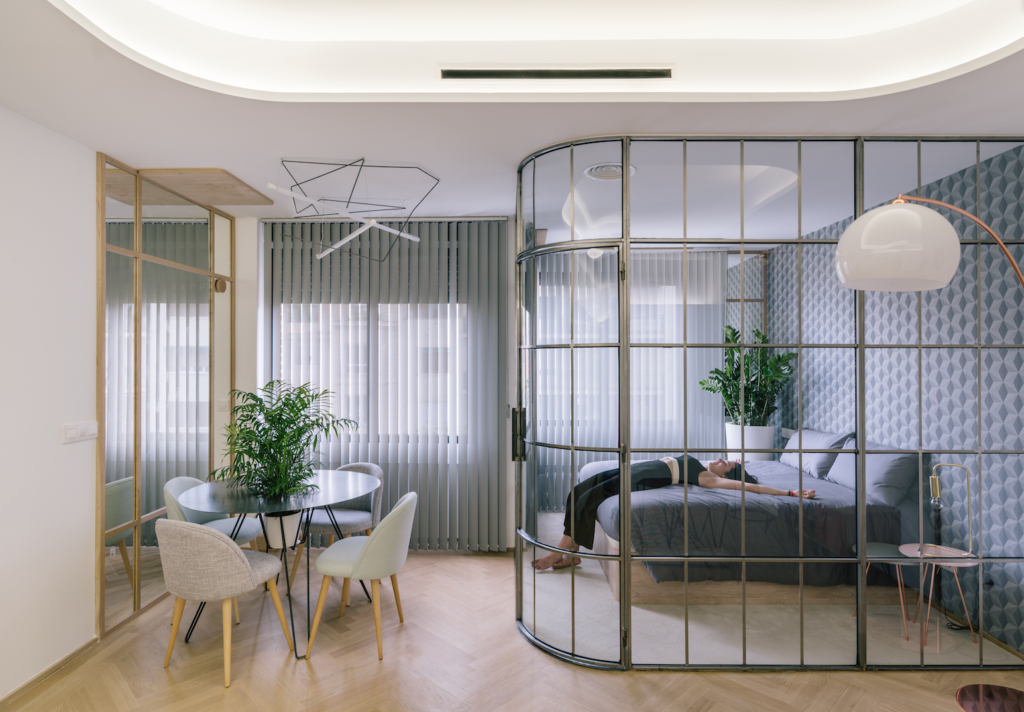
Glass enhances spaces by creating an open and airy feel while reflecting light beautifully.
Key Types:
- Clear Glass: Used in windows, doors, and furniture for a sleek look.
- Frosted Glass: Adds privacy while maintaining a light, translucent appearance.
- Tempered Glass: Strong and safe, ideal for tables, shelves, and partitions.
- Mirrored Glass: Reflects light and creates the illusion of space.
Tips for Use:
- Use glass to connect indoor and outdoor spaces.
- Pair glass with natural materials like wood or stone for contrast.
6. Composite Materials: The Best of Both Worlds
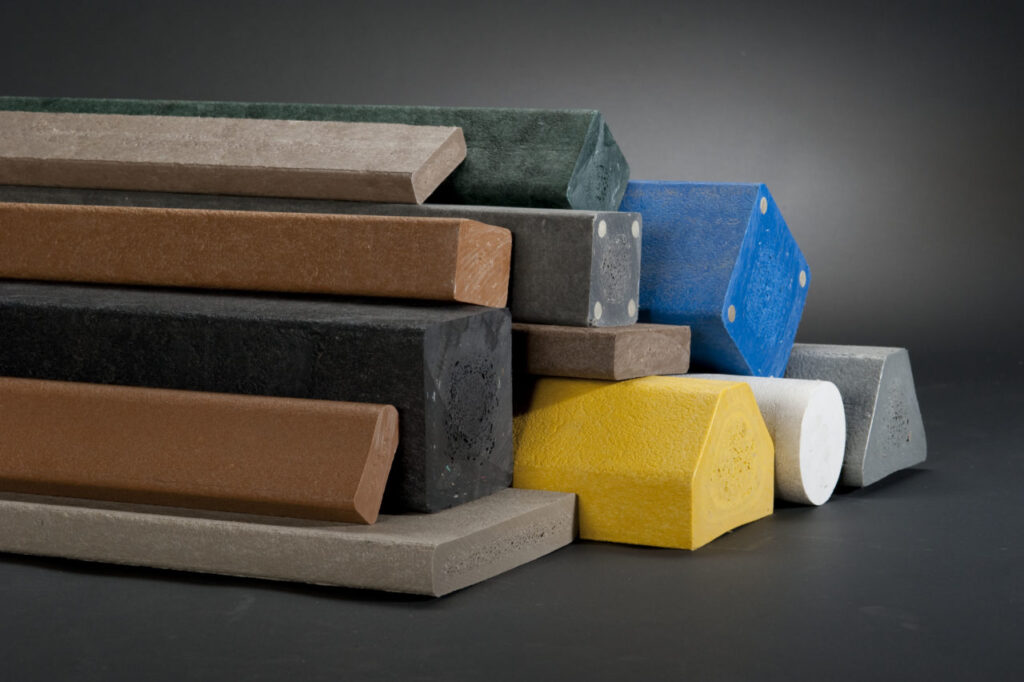
Composite materials combine two or more substances to enhance their properties, making them highly functional.
Key Types:
- Concrete: Durable and industrial, suitable for floors, countertops, and walls.
- Plywood: A cost-effective, versatile material used in furniture and cabinetry.
- Fiber Cement: Resistant to fire and water, ideal for exterior cladding and some interiors.
Tips for Use:
- Opt for composites in high-traffic or high-moisture areas.
- Use polished concrete for a modern, minimalistic look.
7. Choosing the Right Materials
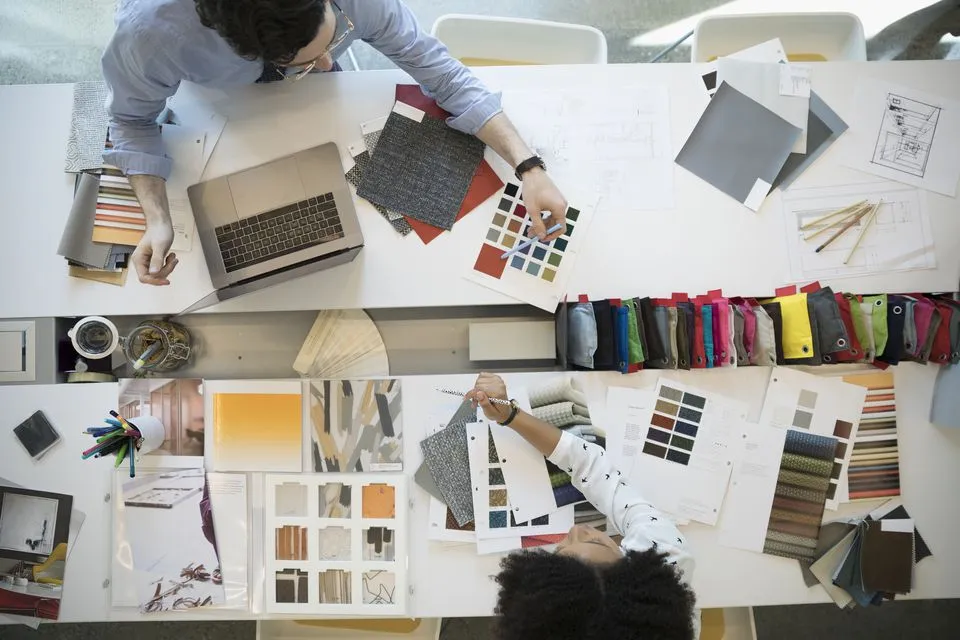
When selecting materials, consider the following factors:
- Functionality: Ensure the material suits the purpose of the space (e.g., waterproof materials for bathrooms).
- Aesthetics: Match materials to the desired style, whether modern, rustic, or traditional.
- Budget: Balance cost with quality to achieve long-term value.
- Sustainability: Choose eco-friendly materials to minimize environmental impact.
- Maintenance: Consider how much upkeep the material requires and if it fits your lifestyle.
Conclusion

Understanding materials is the cornerstone of successful interior design. By learning the properties and applications of natural, synthetic, fabric, metal, glass, and composite materials, you can make informed choices that elevate your designs. The right materials not only enhance the visual appeal of a space but also ensure its functionality and durability for years to come.
